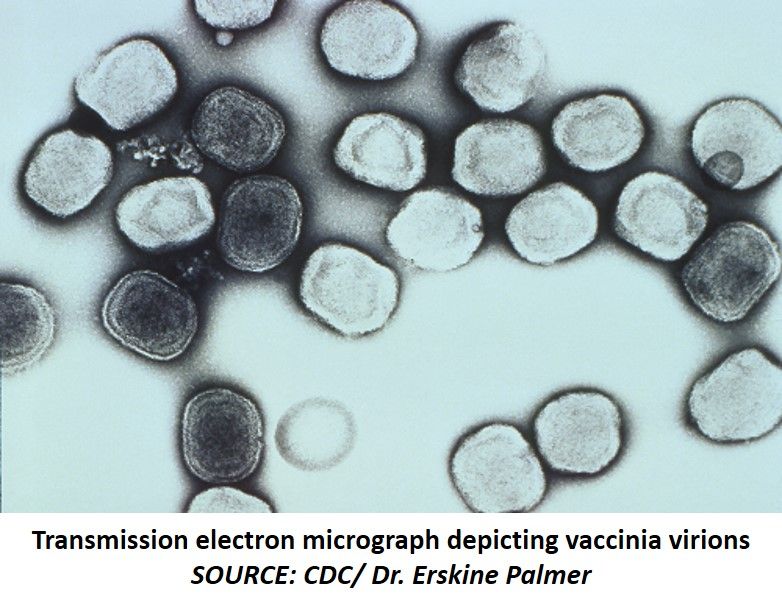Fallout From NIH Smallpox Faux Pas
Is the U.S. a Pandora's box of laboratory biosafety failures?

In July 2014, the Centers for Disease Control and Prevention (CDC) announced that vials containing smallpox had been found in a cardboard box, in a refrigerator within the National Institute of Health (NIH). The refrigerator belonged to the US Food and Drug Administration (FDA) and the vials containing variola are believed to have dated back to the 1950s.
Officially eradicated in 1980, smallpox is extremely contagious and currently only stored in two locations — the CDC and Russia’s State Research Centre of Virology and Biotechnology (VECTOR). If finding samples (some were live) of smallpox hanging around in a dilapidated cardboard box wasn’t enough, NIH employees heard about the ordeal from press releases instead of a general notification from the agency.
Although we’ve all dug through our freezers and come across some ancient frozen food or spilled liquid, there’s something particularly scary about stumbling across vials with smallpox in them. Throw in a dash of fear, rumors, and a sordid NIH history of covering up outbreaks, and you’ve got the perfect recipe for emergent investigations and oversight. “In 2011, a deadly infection untreatable by nearly every antibiotic spread through the NIH clinical center but was not made public until a year later, when researchers published a scientific paper about how they had traced it.” Since this incident, the NIH has vowed to do better at information dissemination, regardless of public risk.
In May 2015, the Department of Defense (DOD) reported safety lapses in a high-containment lab involving anthrax that resulted in live anthrax being shipped to other labs. Prior to this, in June 2014, the CDC reported an incident of potential lab personnel exposure to live anthrax.
Laboratory safety failures have been gaining public attention and a recent report from the Government Accountability Office (GAO), points to the failures within US bioresearch labs. The report, “High-Containment Laboratories: Comprehensive and Up-to-Date Policies and Stronger Oversight Mechanisms Needed to Improve Safety” was released in April 2016. In the wake of their findings, the House Energy and Commerce Subcommittee on Oversight and Investigations released its own memo prior to the hearings in late April. The memo reviews the committee’s investigations regarding the 2014 NIH smallpox discovery. The investigations point to failures to account for regulated select agents, failure to conduct comprehensive inventory of all select agent material, and failure to restrict unauthorized access to select agents. The report also includes a timeline (p 56) regarding recent lapses in CDC lab safety. Some events include the CDC cessation of all transfers of biological materials out of its BSL-3 an BSL-4 labs on July 11, 2014, and even failures associated with sending live Ebola samples from a BSL-4 lab to a BSL-2 lab in December 2014. Since the initial findings, the NIH and FDA have been working to address the gaps within their inspection and inventory management processes. The report notes that the FDA has developed new procedures for handling inventory and the NIH has also conducted a sweep of all its labs with revised inspection checklists.
The investigations and hearings related to the 2014 NIH smallpox findings are consistent with ongoing biosecurity and safety issues within US bioresearch facilities. While many worry about bioterrorist attacks, there is growing concern that these organisms will be released due to lab failures or accidents. I would highly suggest reading the GAO report to better understand not only the failures, but also the dynamics of inter-agency work. With the growing scrutiny over select agent work, hopefully these events will lead to closer security measures and biosafety practices.
